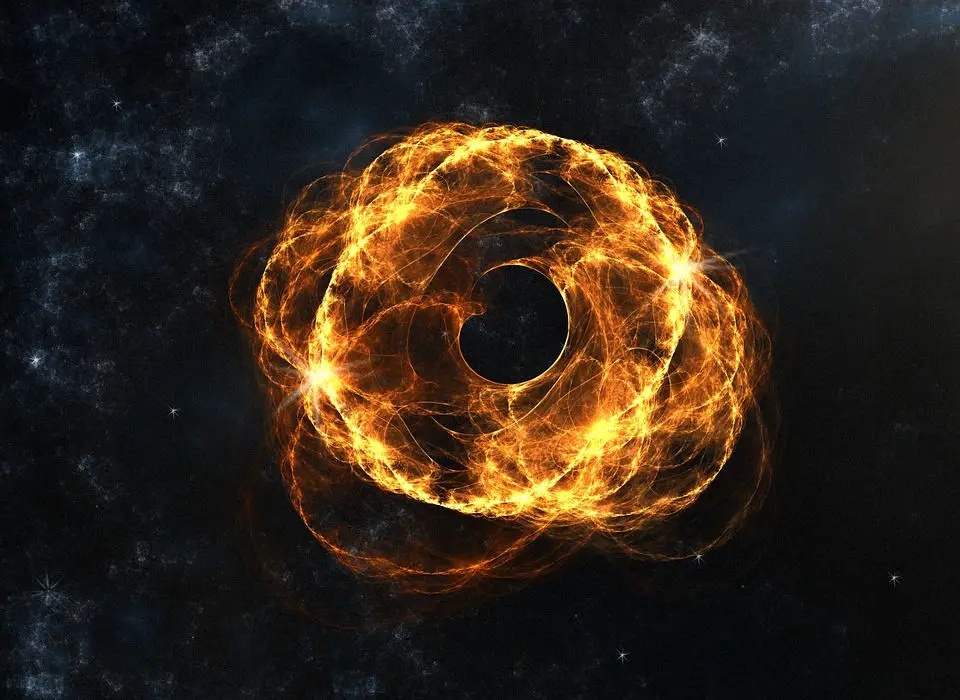Science & Tech
We May Soon See the First Photo of a Black Hole

What does a black hole look like? What is hidden inside it? And finally, the most important question: what is a black hole?
These are just a few of the questions that have been puzzling the scientific community for long. There are numerous intriguing theories on the nature and origin of black holes, including those stating that these mysterious space objects may actually be portals to other universes. This seemingly crazy theory was, in fact, suggested by Stephen Hawking.
At the moment, the phenomenon of a black hole belongs to the field of theoretical physics as no one has ever seen one. However, it seems that we may soon be able to do exactly that.
An international team of astronomers may have found a way to capture an image of the event horizon of a black hole! (The event horizon is a point where the gravitational pull is so strong that it is impossible to escape it)
The Event Horizon Telescope
Astronomers think that it is possible to capture an image of Sagittarius A*, the supermassive black hole at the center of our Milky Way, and another black hole at the center of the neighboring galaxy M87. They hope to do that by using a virtual telescope, which is basically a group of eight radio telescopes installed in different observatories across the globe, from the South Pole to the French Alps. The network of telescopes has been named Event Horizon Telescope (EHT) and technically has a size equal to that of Earth.
To align all the eight telescopes to work like one unit, the technique called very-long-baseline interferometry (VLBI) is used. It enables the network of telescopes to focus on the radio waves emitted by the black hole at one time. This way, the Event Horizon Telescope is expected to be able to achieve a resolution of 50 microarcseconds, which is estimated to be enough to capture the image of the black hole at the center of our galaxy.
All this sounds really exciting, but the only problem is that we will have to wait a bit more in order to see the first ever picture of a black hole, or even just to know for sure that such a picture can be taken. The hard drives with the data from the South Pole Telescope cannot be withdrawn for analysis earlier than the end of October. So it doesn’t make sense to expect the first results of the data study to come out earlier than next year.
However, we are ready to wait as it could be a real breakthrough in the scientific world and our understanding of the universe.
“Even if the first images are still crappy and washed out, we can already test for the first time some basic predictions of Einstein’s theory of gravity in the extreme environment of a black hole,” astronomer Heino Falcke of the Radboud University, Netherlands, told National Geographic.
Thus, the successful results will either prove or disprove Alber Einstein’s predictions and, most importantly, will give us an idea on what these elusive space objects actually are.
Typos, corrections and/or news tips? Email us at Contact@TheMindUnleashed.com
